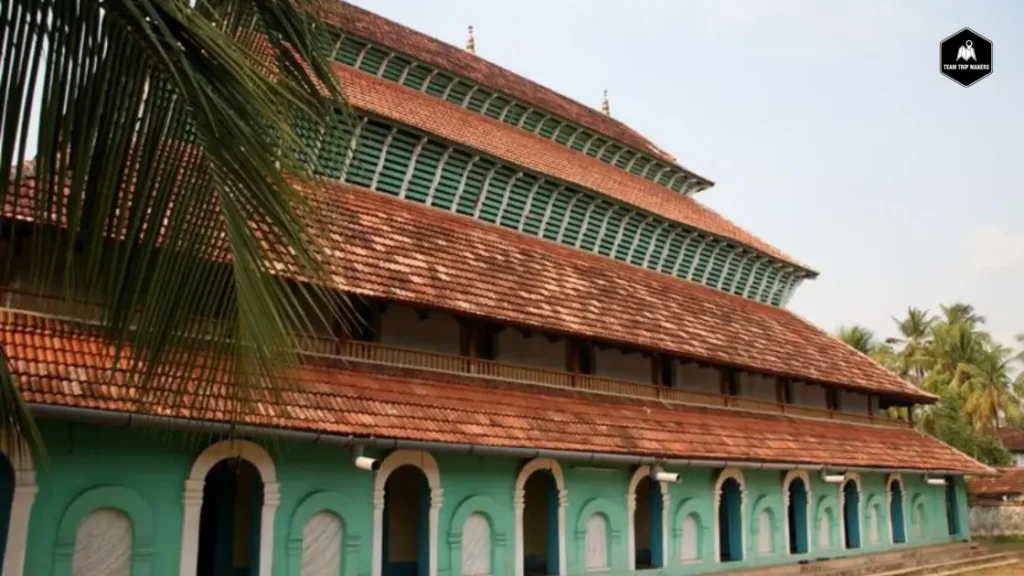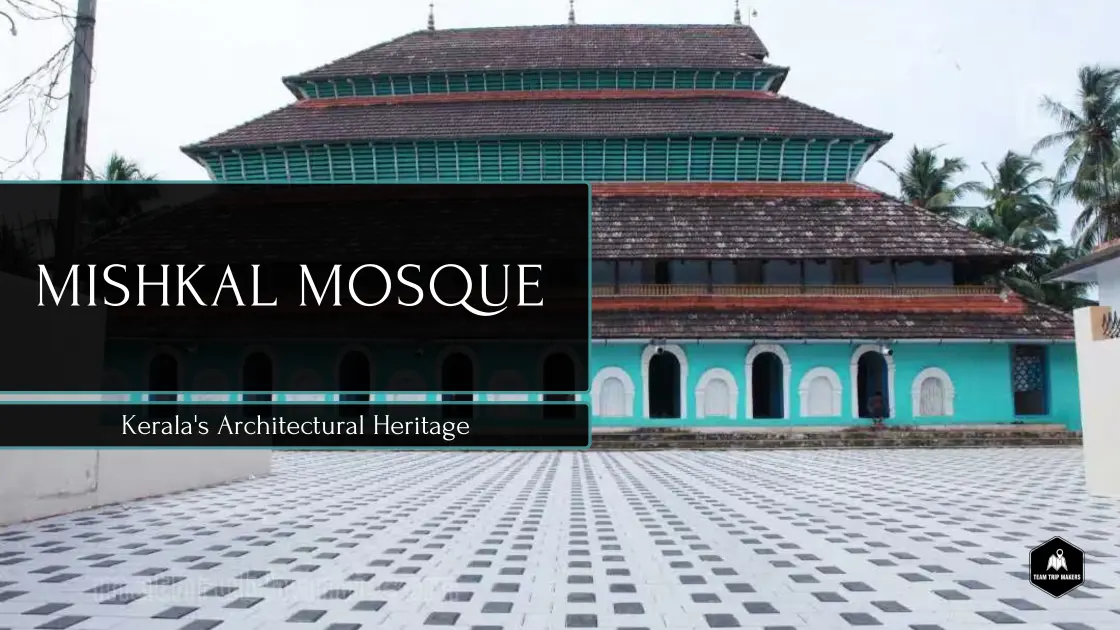The mediaeval Mishkal Mosque is situated in Calicut, on the southern Indian Malabar Coast. The mosque is considered a significant cultural, historical, and architectural landmark of Kerala and is one of the few remaining mediaeval mosques in the state.
History of Mishkal Mosque
In the fourteenth century, the mosque was constructed by the Muslim merchant-shipowner (nakhuda) of the same name. Mishkal, who was active in Calicut in the 1340s, had a fleet of ships for “the trade with India, China, Yemen, and Persia” and “great wealth.”Among the richest traders in the mediaeval Indian Ocean realm were shipowners, or nakhudas.
The Mishkal Mosque is situated in Calicut’s Kuttichira area, which is close to Thekkepuram Beach.
Know More About Mishkal Mosque

During Albuquerque’s Portuguese raid on Calicut in January 1510, which also took over the Zamorin’s palace, the mosque was partially destroyed by fire.The Zamorin’s Nair troops later defeated the invasion, killing between 300 and 500 Portuguese and leaving the rest barely alive. Some of that damage is still visible on the mosque’s upper floors.
Later, Zamorin oversaw the reconstruction and renovation of the destroyed mosque. He used to provide Muslims land and permission to build mosques or other places of worship wherever they were planned. Inscriptions found on the stone of the Muchundi Mosque in Kuttichira to this day attest to his financial support of the building’s construction in the thirteenth century.
At first, Mishkal Mosque was five floors tall. After the arson in 1510, it was rebuilt in 1578–1579 and is now four floors high. Its heavy use of timber and lack of cupolas and minarets are typical of comparable mediaeval mosques in Kerala.
The mosque is connected to a sizable tank called the Kuttichira tank. The mosque features a large prayer hall that can hold about 400 people, 47 doorways, and 24 carved pillars. There is a wooden component with elaborate designs, and the prayer hall has good ventilation.



